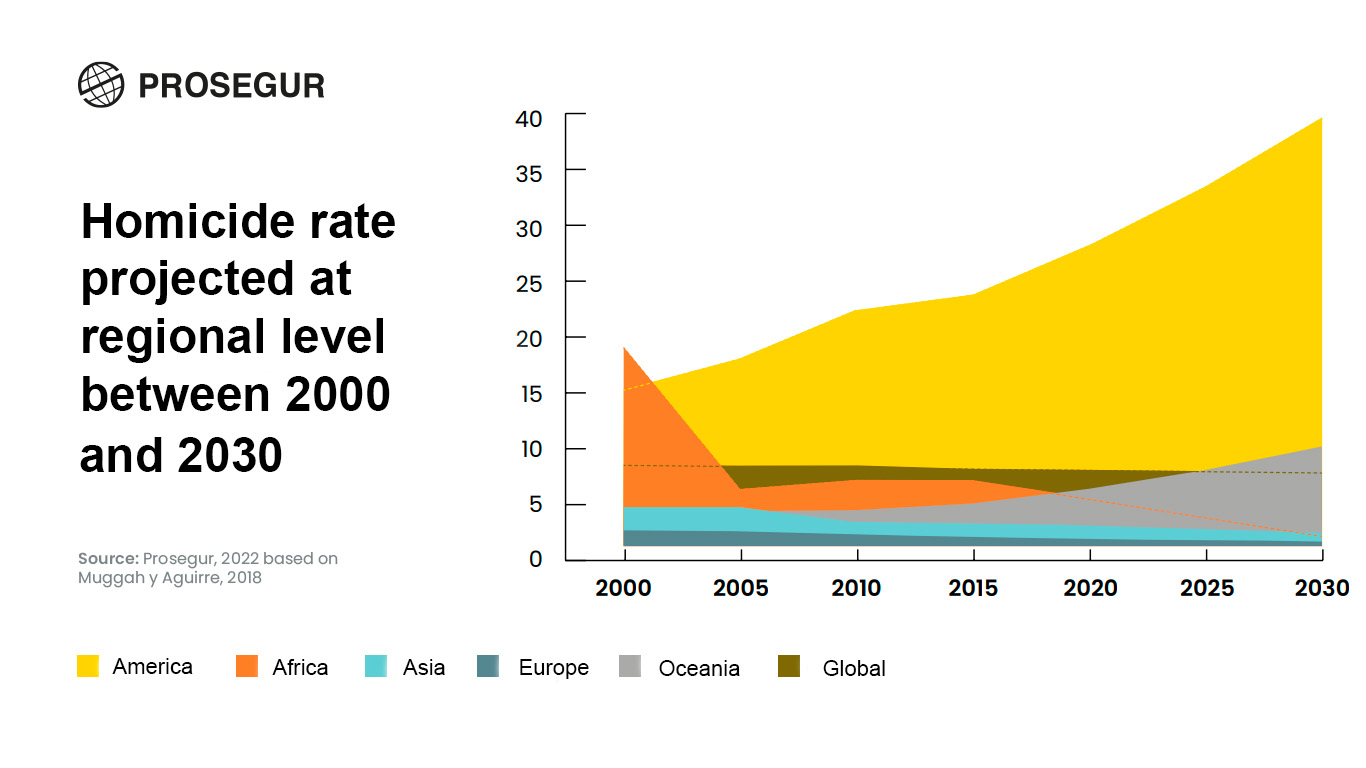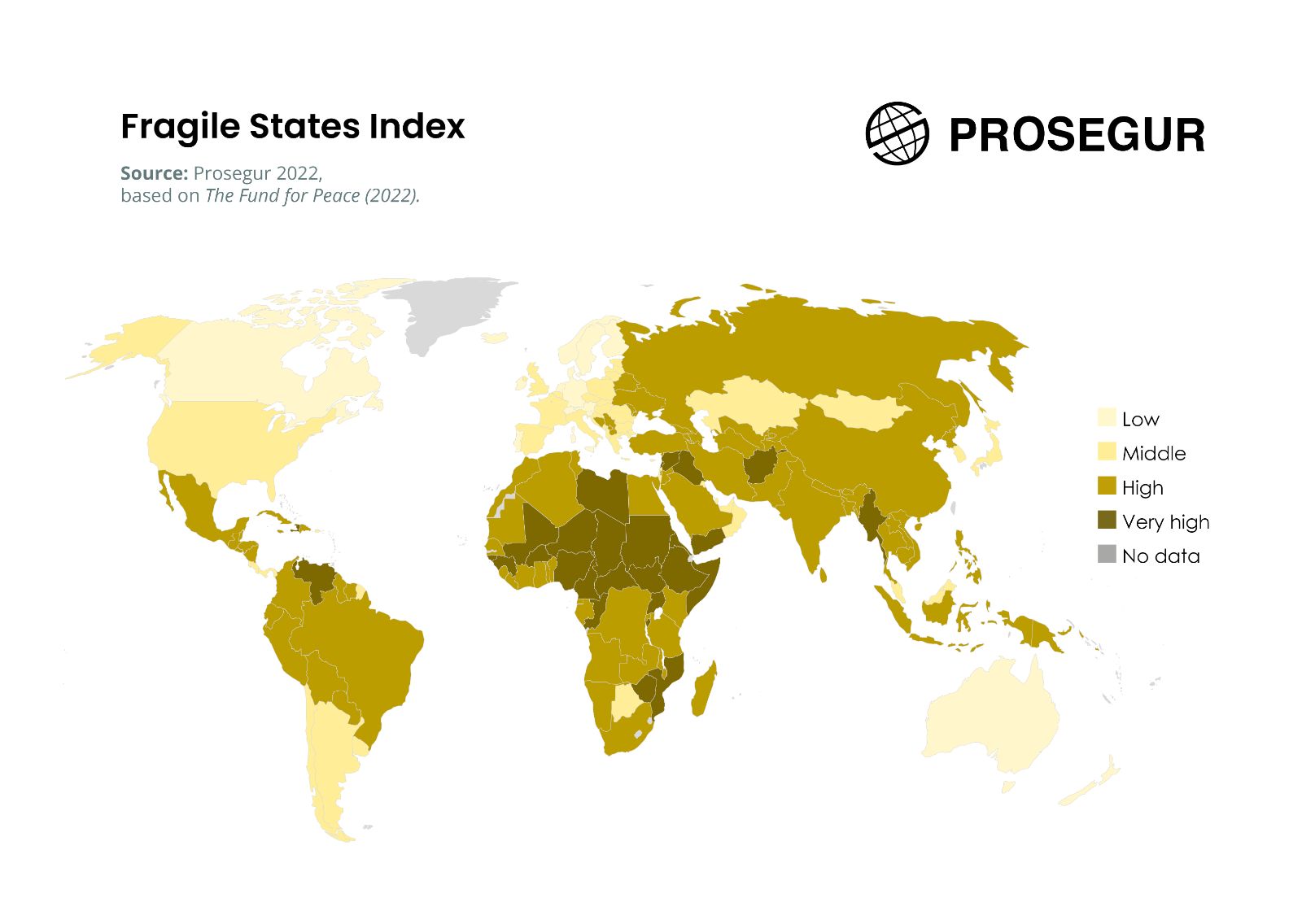Dimensions and perspectives on violence in Latin America
08th of August 2022share
Latin America is the most violent region in the world, accounting for 37% of homicides worldwide. Good governance, anomie or impunity are some of the determining factors to understand those crime levels.
Latin America has a homicide rate of 21.5 per 100,000 inhabitants, more than three times the global average. However, it cannot be assumed that violence is uniform and equally intense; quite the contrary, there is a great diversity, not only between countries, but within each of them.
Moreover, it is still seemingly paradoxical that, being the most violent region in the world in intrastate context, it is also an exemplary region in interstate relations.
Intrastate violence has been changing along with historical transformations, which has ceased to be exercised by purely ideological confrontation and criminal violence has gained prominence.
In this new scenario of insecurity, common crime has reached very high levels, but the development of organized crime, motivated by the substantial profits from illegal trafficking, has made it the main and greatest threat in the region. The power of criminal gangs and networks can allow them to exercise territorial control over large geographic areas, imposing rules and norms of justice or security.
However, the existence of criminal violence depends on a multitude of factors and circumstances, such as the degree of coexistence between the different organizations, the failure of security public policies and other structural factors such as state fragility or social anomie.








